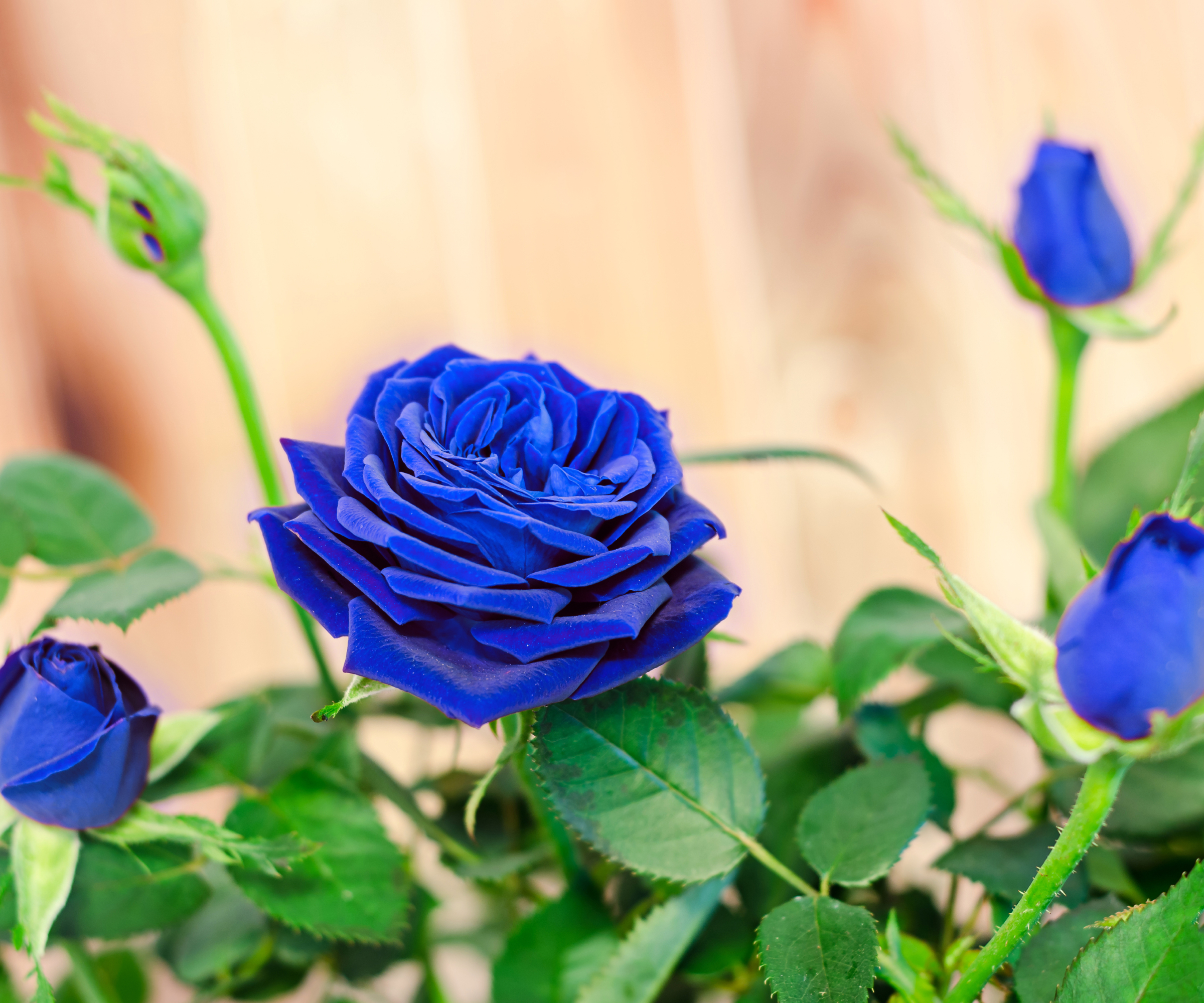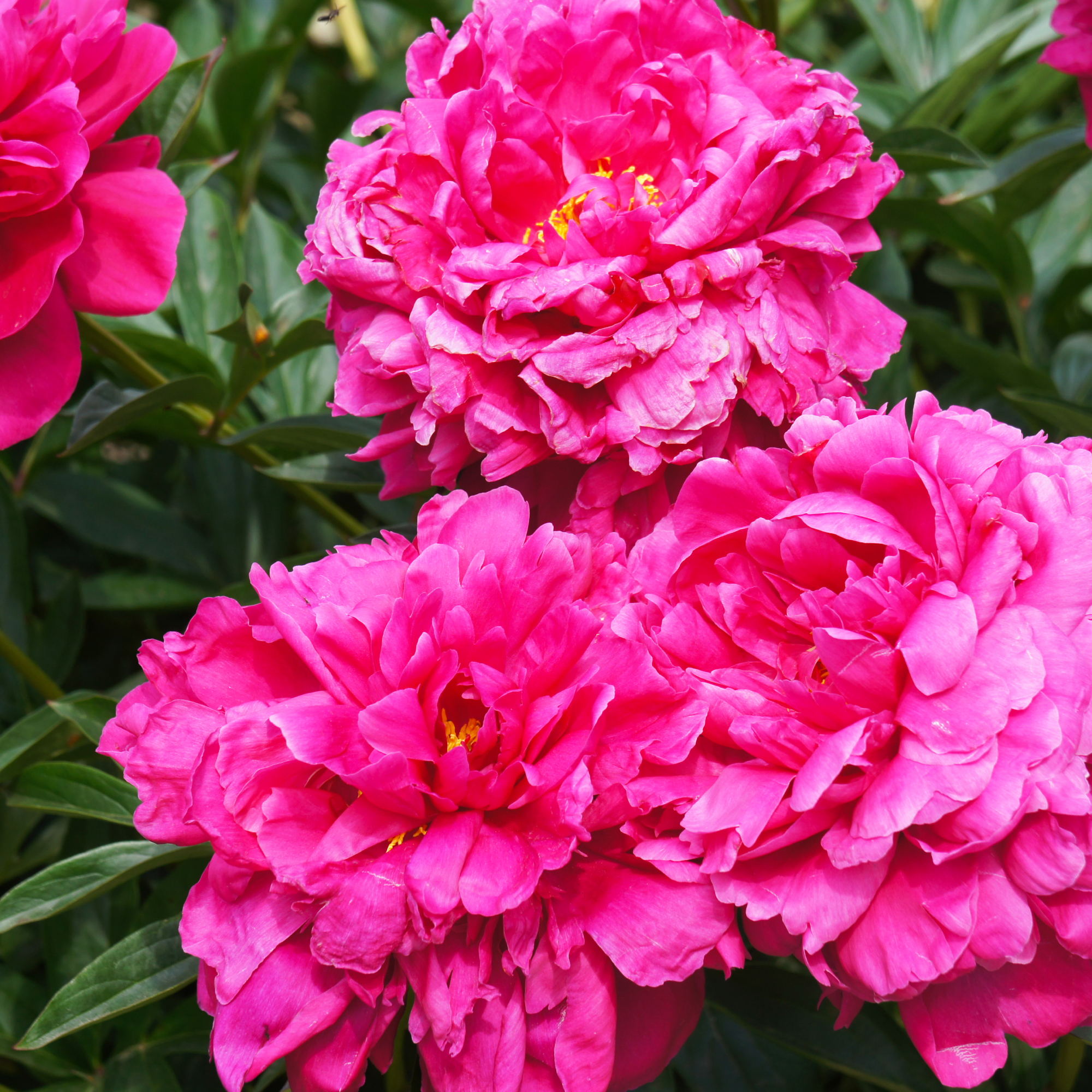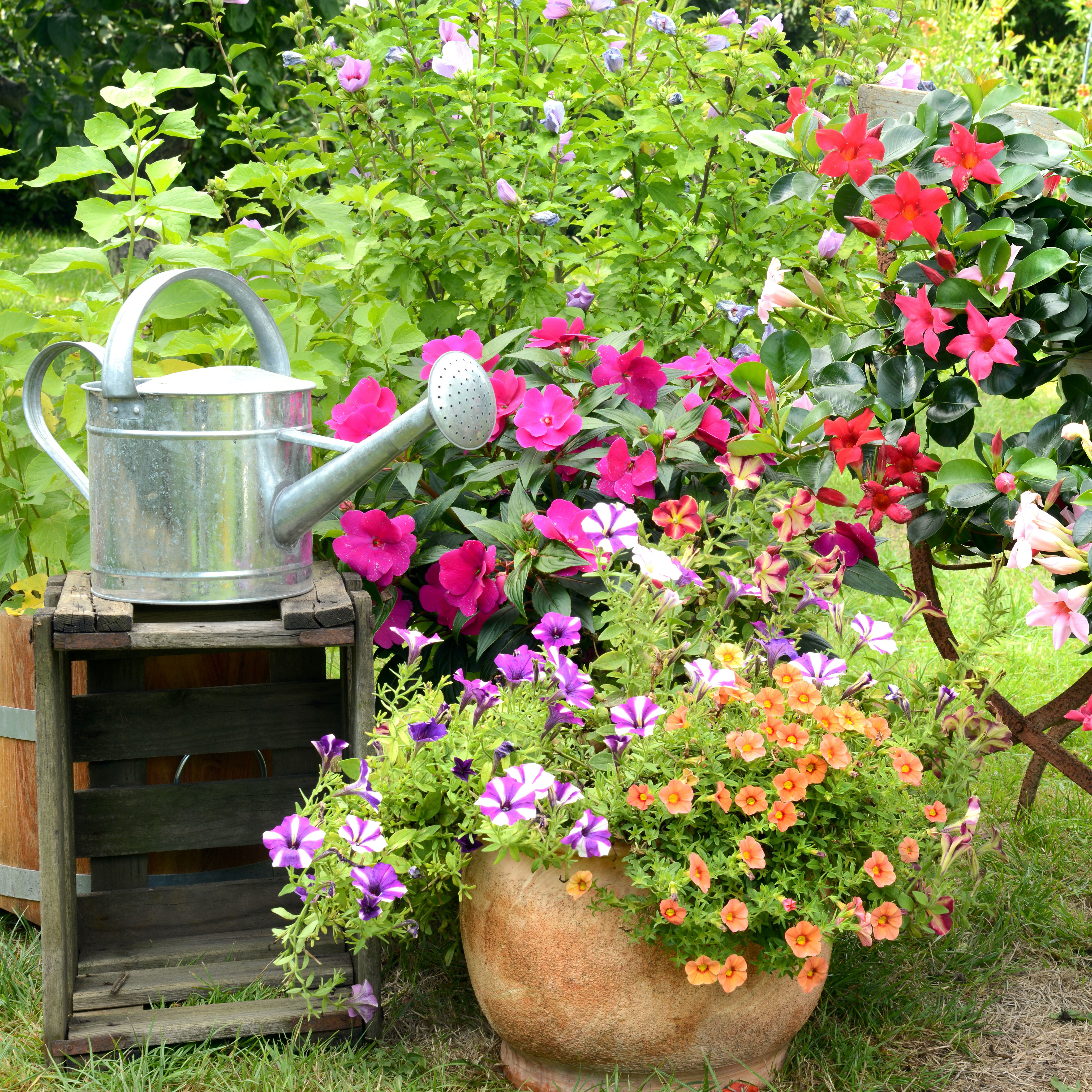The Dangers Of AI For Gardening – How To Know What’s Real When It Comes To Your Garden
Things aren’t always what they seem when it comes to using AI for gardening. Be discerning when relying on AI for accuracy, and take the time to do research.


Almost everything “new” is touted for the benefits it provides, and later, sometimes much later, we begin to understand the downsides. But sometimes you can see the danger coming and avoid some of the risks and pitfalls.Yes, we are looking at you, AI, the whiz kid on the block. It’s going to make our whole lives easier – right? But the dangers of artificial intelligence are real, and they are more complex and subtle than computers taking over the world.
We aren’t necessarily tech gurus, but we do know a lot about gardening matters, and AI gardening “tips and tricks” present their own subset of AI dangers. It is possible to utilize the new technology in helpful ways like using AI landscape design to create your dream garden. With a little care, you can avoid many of the downsides, while still enjoying the upsides of gardening AI, if you choose to do so.
The Dangers Of AI For Gardening

I’ve been a gardener and a garden writer for several decades, long enough to be aware that you can’t believe everything you hear or everything you read. Checking references for me means looking at two, three, or even a dozen different sources to determine the “real” answer to hardiness zones or the right time to trim a fruit tree. I weigh the source – universities, extensions, and master gardeners get higher marks than home blogs – as well as documentation and professionalism.
You may think that artificial intelligence would do the same, but it doesn’t. One of the dangers of AI is that it amalgamates information to find an answer, often a definitive, yes or no answer. As every gardener knows, this type of black/white response doesn’t work well when it comes to dynamic matters like gardening. There are ways to use technology and gadgets in your landscape design, but nothing can replace good, accurate information.
Getting accurate gardening advice requires details – where do you live? What type of soil do you have? What type of sun exposure? What else have you grown in the location? Are there size limitations? When is your first frost? What is your hardiness zone? AI has problems offering answers that take details into account.
And while there may be some web providers that try hard to ensure that AI provides helpful content, not everyone fits into this category. Many websites sell products, and if a sale is the desired outcome, they may not be so careful about accuracy. I’ve seen photos online of plants with such vivid and unusual coloration that they seem to belong in a children’s book rather than an online plant store.
It's tough to know what’s real online. Trial and error can cost you a lot of money, as you may pay exorbitant amounts for seeds for these gloriously hued plants only to find – weeks or months later – that the plants grown are ordinary shades. It’s easy to do “creative” things to raise the impact of a plant photo, making it taller, brighter, and more exceptional in shape or color than it actually is. There are plenty of unique and unusual plants that look like they are created by AI, but are totally real! Don't get sucked in to fake photos and misinformation when there are neat specimens you can actually plant.
Gardening tips, videos, info and more delivered right to your inbox!
Sign up for the Gardening Know How newsletter today and receive a free copy of our e-book "How to Grow Delicious Tomatoes".
So, how do you tell what’s real? It’s hard. If you are buying a plant, be sure the advertisement contains the full botanical name: genus, species, and cultivar. If not, avoid a purchase. Better yet, go to your local plant store and find something similar. If it’s available in the plant store, you know it’s real.
How To Safely Use AI For Gardening

Keep in mind that generative AI rakes up advice from across the internet, without distinguishing or evaluating how reliable the source might be, or how biased. So if you want to use AI, be sure to check the sources they use. Ignore advice that is taken from companies or individuals trying to sell something. For example, if AI claims that a particular fertilizer is great for roses, review its sources to see if any or many are companies selling that fertilizer.
Gardening with ChatGPT or other AI chatbots can be helpful for getting design ideas and inspiration, but it is best to use legitimate gardening sources to get specific information on plants. Double-check all AI advice against your favorite, tried and true gardening experts or science-based sources.
Like everything, AI is likely to improve over time, but you are better safe than sorry when it comes to your plants.
More Gardening Advice
- Not sure what that plant is? There's an app for that! Explore our recommended 5 best apps for plant identification. They are a great place to begin your research before confirming with other authoritative sources.
- There are lots of other ways to garden with smart technology. This kind of tech can make your life a little easier when it comes to automating tasks and solving problems.
- Need some truly expert advice? Look no further than your local extension service! Extension service offices are partnerships of federal, local, and state governments and often work within local universities. They are a wealth of knowledge right in your backyard.
- Interested in more gardening information and inspiration delivered straight into you inbox? Sign up for the free Gardening Know How Newsletter.

Teo Spengler is a master gardener and a docent at the San Francisco Botanical Garden, where she hosts public tours. She has studied horticulture and written about nature, trees, plants, and gardening for more than two decades. Her extended family includes some 30 houseplants and hundreds of outdoor plants, including 250 trees, which are her main passion. Spengler currently splits her life between San Francisco and the French Basque Country, though she was raised in Alaska, giving her experience of gardening in a range of climates.
-
 How To Grow a Kansas Peony For Sublime Magenta Double Blooms And Enduring Fragrance
How To Grow a Kansas Peony For Sublime Magenta Double Blooms And Enduring FragranceGrowing Kansas peonies will add gorgeous color and fragrance to your garden. Their deep color and lush blooms are sure to make your neighbors jealous!
-
 Looking For Full Sun Container Plants? Try These Gorgeous Plant Combos And Themes
Looking For Full Sun Container Plants? Try These Gorgeous Plant Combos And ThemesThere are plenty of heat-tolerant plants that thrive in containers – but if you’re stuck for ideas, these full sun container plants and planting ideas will help get you started